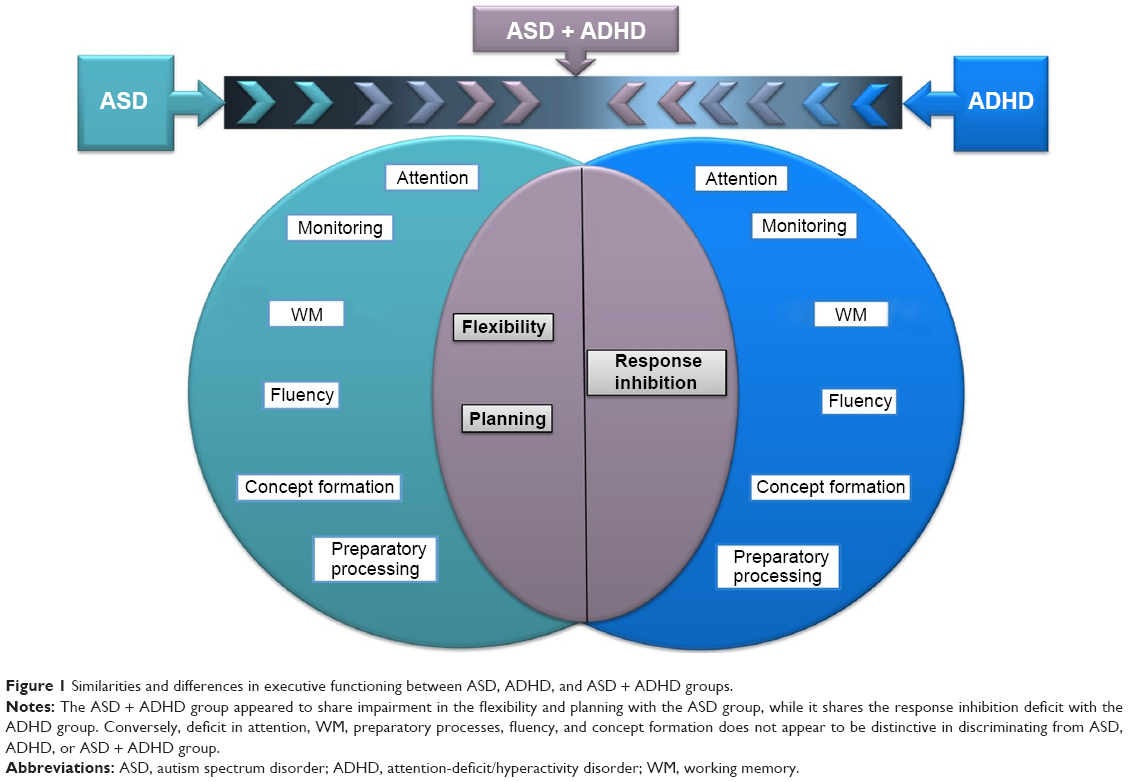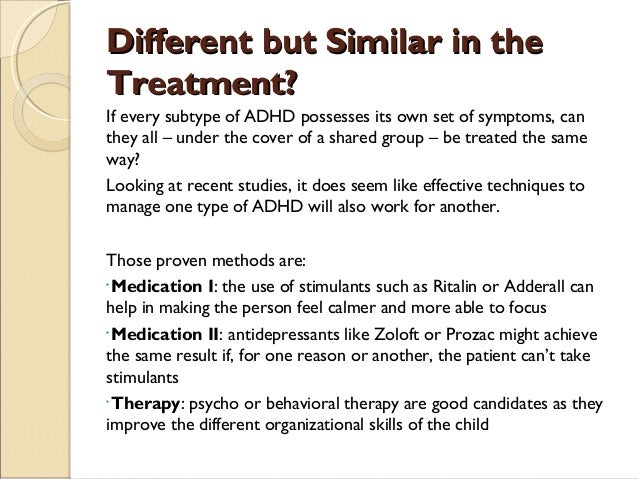


Children with ADHD also benefit more when receiving support in their different environments. A medication evaluation, which can be done by a variety of health professionals, should be included as part of a thorough assessment because medication has shown significant benefit to the treatment of ADHD symptomology. The sooner children with ADHD and their families are able to receive treatment and support, the more impactful treatment will be. What do you find to be the most impactful element of successful treatment/management?Įarly intervention is essential to achieving the most positive treatment outcomes. Unfortunately, the positive attributes often go unmentioned. This presents a challenge for skills needed to organize or plan ahead.ĪDHD is often stigmatized and misunderstood, so negative labels are often given to individuals struggling with this diagnosis. Symptoms of ADHD can make it difficult for people to inhibit responses or consider the consequences of actions in the moment. Imagine your mind as a race car, but with the breaks of a bicycle. There are also some struggles that people with the diagnosis may face, such as having difficulty in school and academic performances, social relationships or daily routines. Additionally, individuals with ADHD often provide a unique perspective with their ability to ‘think outside the box.’
#Difference between adhd and add full#
Individuals with ADHD are often full of ingenuity, creativity, imagination and spontaneity. People with ADHD often have high levels of energy and vibrant personalities. What are the positive and negative qualities associated with ADHD? Other factors that might be considered as potential causes include, exposure to toxins during critical periods of in-utero development, maternal tobacco use, premature birth or low birth weight and brain injury. This difference in wiring is sometimes hereditary and often runs in families. Brain-imaging studies have found structural and wiring differences in the brain between children with ADHD and typically developing children.

Predominately Hyperactive/Impulsive is specified when a person shows more symptoms of hyperactivity and impulsivity.Predominately Inattentive is specified when a person demonstrates more symptoms of inattention.What is the difference between ADD and ADHD?ĪDD is a previously used diagnostic term, which is now referred to as ADHD “with a predominately inattentive presentation.” ADHD is now specified by three different presentations: ADHD typically begins in childhood and continues into adolescence and adulthood. To be diagnosed with this disorder, the symptoms must have a negative impact on your child’s life and functioning. To be considered ADHD, some of these difficulties must begin in childhood and be present in two or more settings - such as in school and at home - and be present for at least six months. This disruption in the nervous system can cause chronic and pervasive difficulties in three areas: inattention, hyperactivity and impulsivity. It is a neurodevelopmental disorder, meaning it is considered a “disturbance” in the nervous system. and around the world, according to the Centers for Disease Control and Prevention.Īra Anspikian, MD, who serves as the medical director for the Youth Partial Hospitalization Programs at Loma Linda University Behavioral Medicine Center provides answers to some of the most common questions surrounding the disorder: What is ADHD?ĪDHD stands for Attention Deficit Hyperactivity Disorder. Attention Deficit Hyperactivity Disorder (ADHD) is a common, yet complicated behavioral disorder that affects millions of children and adults in the U.S.


 0 kommentar(er)
0 kommentar(er)
